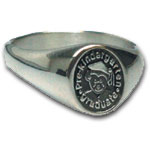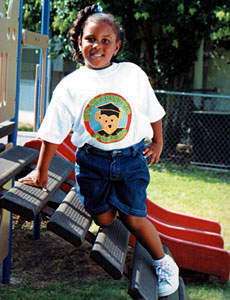Academic Costume Code & Ceremony GuideAcademic Costume Code & Ceremony Guide
|
Categories
Sponsors
DOWNLOAD ORDER FORMS AND BROCHURES
Solid Sterling Silver
Symbolize your child's first educat Quality, 100% Cotton T-shirts - White Only
Available in a |








